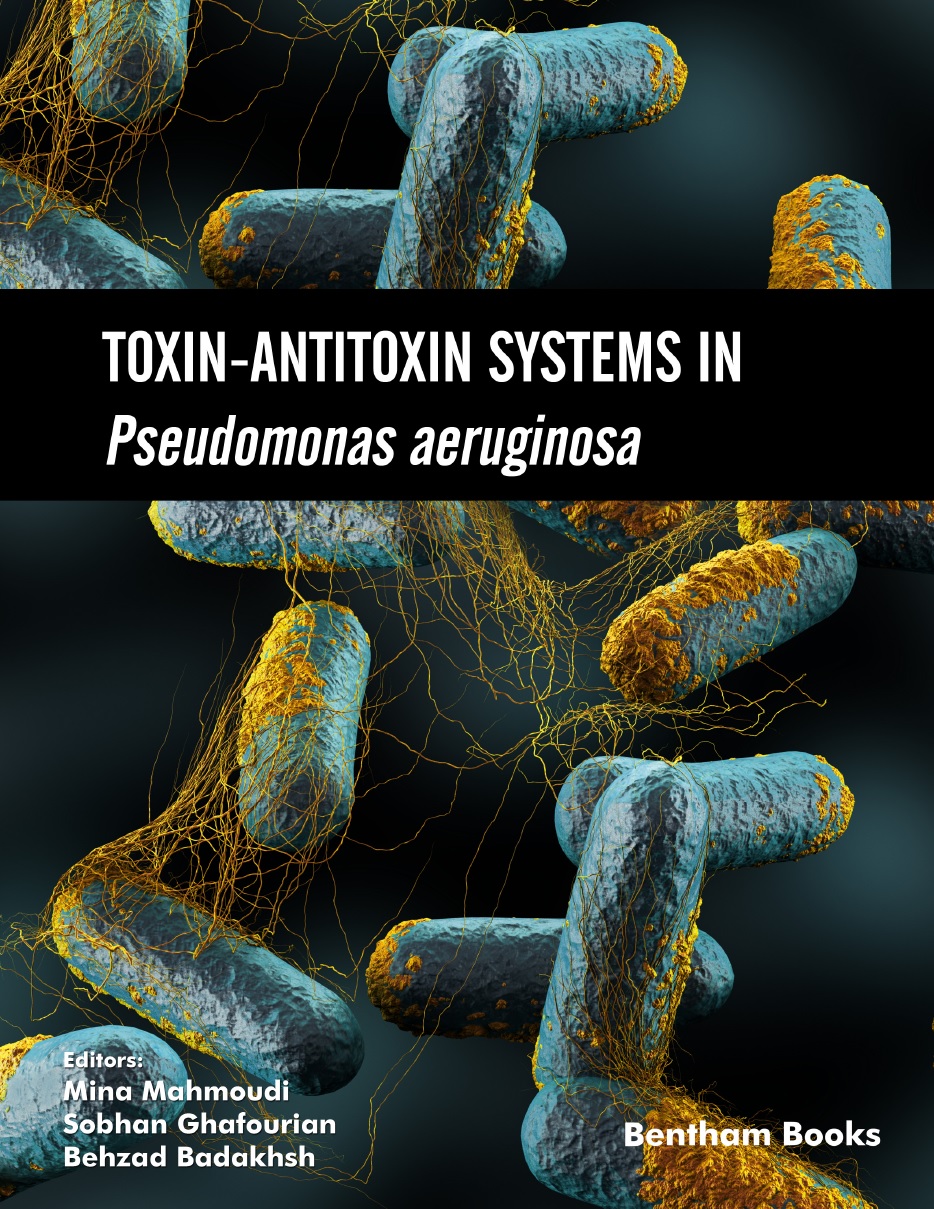Abstract
Pseudomonas aeruginosa is an absolute aerobic gram-negative bacterium that has attracted the attention of many researchers for many years. There are plenty of reasons to research on P. aeruginosa , which unfortunately has made it an invincible bacterium. Adaptation to environmental changes is one of the most important capabilities that organisms need to survive. This rule also applies to the world of bacteria. P. aeruginosa is one of the most well-known bacteria in terms of adaptation to a variety of biological environments. Besides, P. aeruginosa has a variety of hosts, including humans. It is known as an opportunistic pathogen, therefore infections caused by P. aeruginosa are highly important in immunocompromised patients and it is a major cause of mortality and morbidity in cystic fibrosis patients. Also, P. aeruginosa is the most important cause of nosocomial infections, which can seriously threaten the lives of hospitalized patients. Severe resistance to most antibiotics is one of the other reasons for its success in causing infection and survival. P. aeruginosa can produce many powerful virulent factors that create unique properties in this bacterium. In this chapter, the general characteristics of P. aeruginosa are briefly and usefully explained. So, the reader can get a good idea of this bacterium in a short glance.
Keywords: Overview, Pseudomonas aeruginosa






















